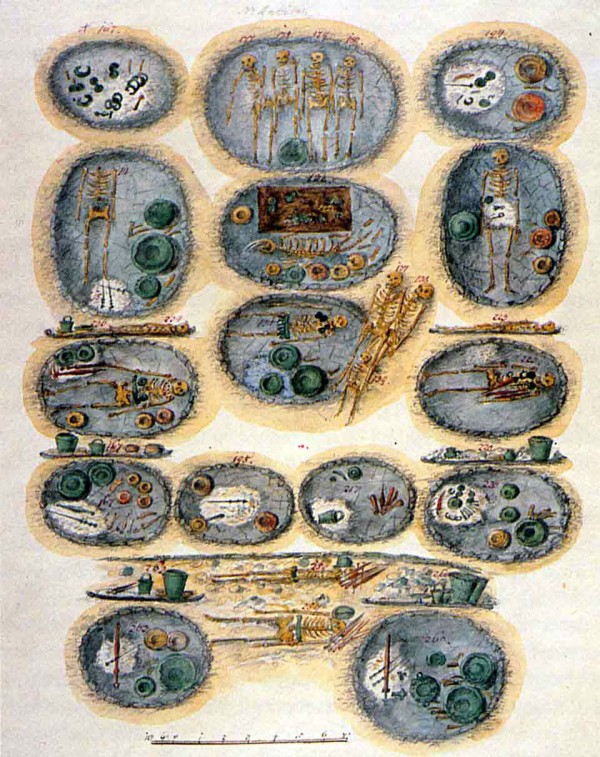While American professional cycling fans are often exasperated by the limited coverage men's racing gets by the national sports media, that coverage is light years beyond what the women receive- Zero. Of course, things aren't much better in Europe. I've seen a total of three broadcasted women's races on Eurosport in the last year and a half- the 2012 Worlds, the Olympic Road Race, and the Olympic Time Trial. Well, since the Summer Olympics only come around once every four years, that makes the average number of broadcasted women's races at 1.5 a year. However, keep in mind that if the broadcasters decide something else is more interesting, that coverage could be cancelled altogether. Those watching this year's Amgen Tour of California witnessed just such a move from broadcasters when the coverage of the Women's Time Trial was limited to two, two riders. Then, the coverage cut to the men's competition, after a significant period of blank air time. Somehow in their minds, a black screen was more interesting than the women's competition. Talk about a slap in the face.
For those fans who are aware of the feats being performed in the women's circuit, the denial of witnessing it is extremely frustrating and angering. I can only imagine what it does to the athletes themselves. Not only do they have to deal with being ignored, they aren't given the same monetary incentives as the men. The minimum wage is significantly lower than their male counterpart's.
As fans, what can be done? Well, as we know from all its past and current sins, the UCI isn't going to make the right decision of its own accord. However, that doesn't mean we should just accept this offense, shrug our shoulders in defeat, and keep our mouths shut. If there's one thing we've learned from all the doping scandals, speaking out and making noise is the best weapon for change. It may take a while, but if enough of us scream, something will happen.
Thankfully, someone is trying to make some noise and you can be apart of it. Journalist and author Kathryn Bertine has been a professional cyclist since 2007. She has teamed up with filmmaker Kevin Tokstad to create the documentary "Half the Road." It features interviews with top female cyclists, athletes, and others to explore exactly what women's racing is all about as well as the injustices inflicted on the sport from the powers that be. The trailer is pretty exciting and I look forward to seeing the final product.
 |
| www.halftheroad.com |
So, the great thing about this project is that you can support it. They are currently in need of donations to make this documentary a reality. In November 2013, the final film will be ready for public screenings. So, if you have the capability to host a screening *I'm looking at you bike shop owners* you can sign up on the website. Why should you give your support to this project? Because women's cycling is in desperate need of support. Projects like this documentary can reach outside the small niche of fans who already know what these ladies are doing. The stories and performances of women like Kristin Armstrong, Ina-Yoko Tuetenberg, Evelyn Stevens, and Marianne Vos are just as powerful and in some cases more so than those in the men's peloton. The trouble is, no one knows it yet.
Why should people outside the sport know about women's racing? Because when the public starts hearing about all the positive things going on they're going to get interested, and when the public gets interested that's when the sport grows. Hate to bring it up as evidence, but we all remember the Armstrong effect on recreational riding in the States back in the '90's. Imagine what Vos would do for the sport if the public actually heard about her. In many ways the slights being felt by professional ladies has trickled down to the rest of us. Cycling is still marketed as a boy's club. So, my weekend warrior sisters and I constantly struggle against a prejudiced industry. Maybe with some positive media coverage (heck, any coverage) women would begin to feel more comfortable about road cycling. Maybe they wouldn't feel like they don't belong anymore. Perhaps companies would take the women's market seriously. Maybe women riders would enjoy the same product variety and availability the boys get. Perhaps we too could step into the LBS and find what we're after instead of scouring the internet. Maybe, maybe we could get some respect on the roads. Maybe one day we won't have to wear pink.
Sigh...A girl can dream, right?
Anyway, I suggest that you support this film project if you're aware of and annoyed by the wrongs being committed against the women's professional peloton. Even if you're only slightly aware of what's going on, your support of Half the Road will benefit the sport of cycling as a whole. These women are just as committed, just as hardcore as the boys. They deserve the same respect. This film may help them get it, and no harm will come from that.
For more information visit the the project's website at www.halftheroad.com.








